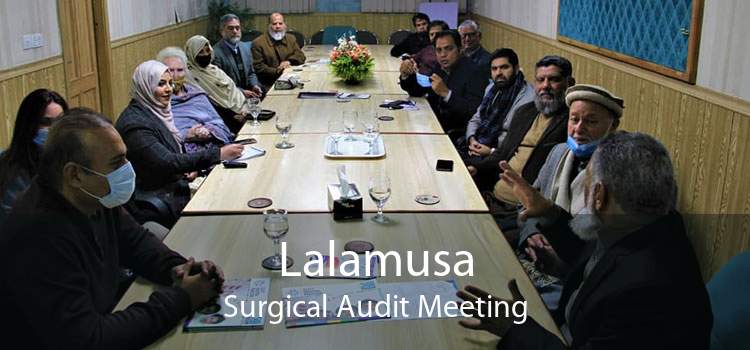The surgical audit is a systematic, critical analysis of the quality of surgical care that is reviewed by peers against explicit criteria or recognized standards. It is used to improve surgical practice with the ultimate goal of improving patient care. As the pattern of surgical care is different in the developing world, we analyzed mortalities in a referral medical institute to suggest interventions for improvement.
SURGICAL AUDIT – WHAT IS IT AND WHY DO IT? 
The surgical audit is a systematic, critical analysis of the quality of surgical care that is reviewed by peers against explicit criteria or recognized standards, and then used to further inform and improve surgical practice with the ultimate goal of improving the quality of care for patients. The purpose of the audit is to examine whether what you think is happening really is and whether current performance meets existing standards.
Scope and Content
The archive is principally made up of audit statistics compiled for Saturday Morning Meetings by different surgical units based at Edinburgh and Lothian hospitals – the Royal Infirmary, Bangor, Bruntsfield, Deaconness, Western General, and the Royal Hospital for Sick Children - as well as the programs of weekly meetings stating the topics to be presented and by whom. The meetings reviewed the reason for deaths, the outcomes of particular cases, and specific techniques or treatments (these saw the development of ultrasound, cyclotron, and neutron-therapy). The statistics are presented with descriptive notes concerning each surgical patient, with headings including pre-operative diagnosis, treatment, clinical cause of death, and autopsy findings. There are, however, no meeting minutes.
As a result of local clinical interests
Historically, many audit projects have been undertaken as a result of local clinical interests. This may reflect an interest in a particular procedure by an individual or a group or may reflect concern about specific outcomes for a particular operation.

As a result of clinical incident reporting
The major “disciplines†that ensure high-quality care and patient safety are clinical risk management and audit. Most health care organizations should have sophisticated systems in place to report and learn from adverse incidents and near misses. Reporting is usually voluntary and investigated according to a “fair and just culture†but it is unlikely that all incidents that occur are reported. If an adverse incident is recorded, this identifies that it has occurred, but gives no indication of how often it has happened previously, and only limited indication of the likelihood of recurrence. A mature organization should have clear links between risk reporting and audit, and choose topics for the latter based on data from the former.


